SRAM’s Time ATAC Pedals
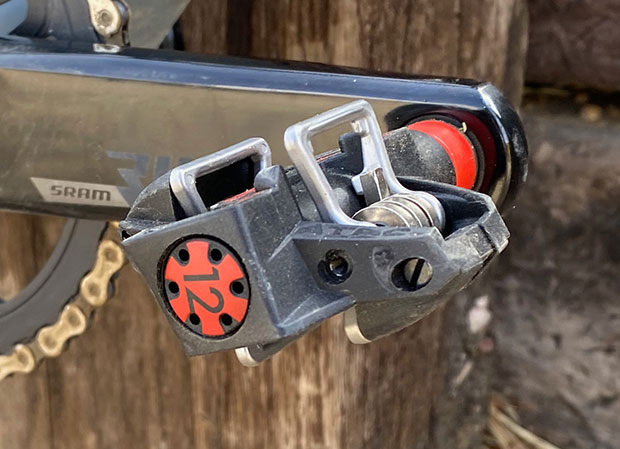
Now that Time Pedals is part of the SRAM Family I thought we’d revisit what that pedal system is all about. I’m going to focus today on the ATAC pedal because this pedal family is instantly compelling. (We’ll get to the road pedals in another installment.)
We’re pretty pro-Speedplay around here, but that’s for road and tri. Because we’re also gravel and bikepacking enthusiasts this pedal has been mentioned here before the Time pedal brand was acquired by SRAM.
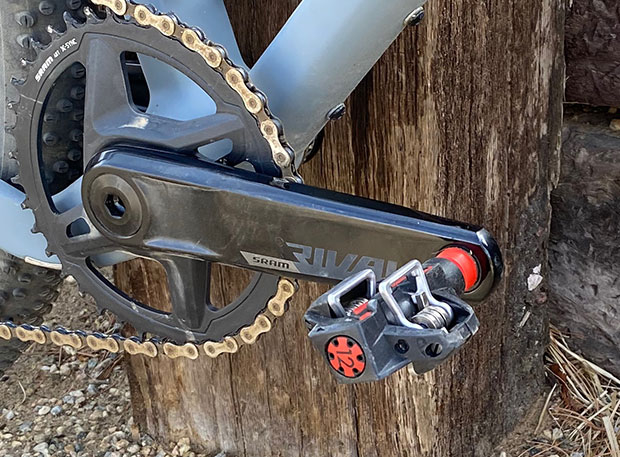
Why not Speedplay for off-road, since we’re such big Speedplay fans? We tried. We really tried. Off-road was the Great White Whale for Speedplay; the Frog and the Sizr were never able to dethrone Shimano SPD and for good reason. SPD is the well-earned king of off-road; Wahoo realized it; and dropped off-road once post-Speedplay-acquisition.
The ATAC is one of the very few pedal styles that offer users a reason to consider an alternative to Shimano (Crank Brothers Eggbeaters are another.) I’m not a big one for really expensive pedals. I’m more likely to spend middlin’ dollars on a pedal (road or tri) that offers a decent but not exotic spindle (stainless is fine). For a pedal to be even under consideration for MTB or gravel it’s got to be at least 2-sided, which SPD and Time are (Egg-beaters are 4-sided). All these pedals systems come standard with a 53mm or 54mm pedal spindle length.
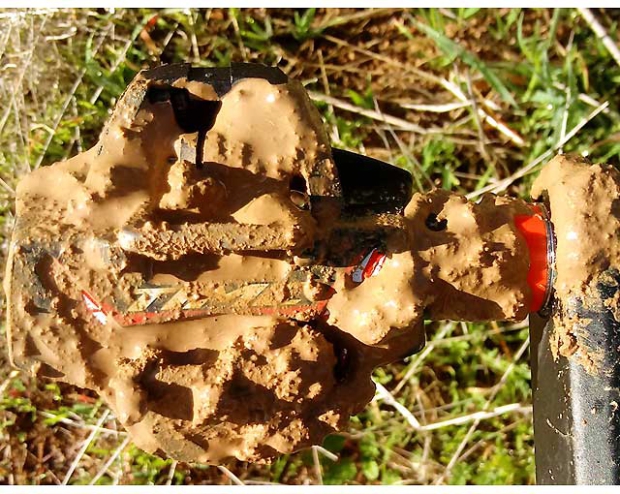
What I’d like in an off-road pedal – or course – is what Speedplay gives me in an on-road pedal: setting strict engagement limits on either end of the float. Alas, Speedplay is the only pedal system I know of – road or off-road – that gives me that.
Perhaps a good comparison is Shimano’s Deore XT 8100, at $130, and the Time ATAC 8 at $137. Both are midrange pedals, the ATAC has the SPD beat in weight, 285g to 340g, but the Shimano pedal will quite simply last longer than you will. It’s so reliable, so functional, I just can’t imagine riding the life span out of a Deore XT pedal.

But truth be told I haven’t exceeded the best-on date of the Time ATAC as either. You might be able to wear out a Time ATAC cleat, as it’s made of brass. That cleat has a reputation for wearing in, but what can wear in can (one assumes) wear out. That cleat is a part of the function of the ATAC pedal. Whether you mount those cleats backward or forward gives you a choice of either 13° or 17° of rotation. This pedal system also allows for a bit of lateral movement, which is a rare and welcome – or unwelcome – feature depending on your inclinations.
The particular utility among those of us in the Slowtwitch posse to the ATAC is the capacity of that pedal to push mud out. There’s a couple of specific uses for that, one of which is clear. If you expect to come across mud during your riding, which for me would be more likely during a bikepacking trip than anywhere else (I’m not a cyclocross racer) the ATAC may be the feature leader among pedals. What you see in this image is the ATAC on the bikepacker rig I'm slowly assembling.
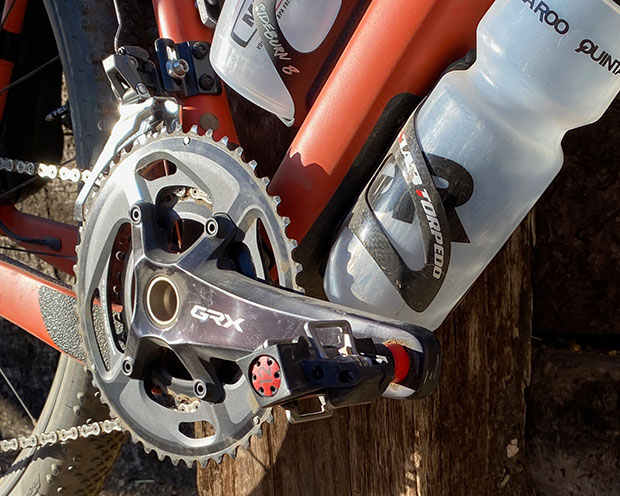
The other use for the ATAC pedal could be – think before you discard this option – in triathlon. I’m finding that probably half my triathlon races have a transition area in a grass area prone to mud. The one achilles heel – or sole in this case – to Speedplay is the cleat is prone to fouling. Yes, I use only the walkable cleat, which is how Wahoo Speedplay pedals are sold these days. This cleat is clog-proof. Except in muddy conditions.
This is all moot if you have your shoes attached to your cleats in transition. The legality of this is hard to nail down, but is most liable to be an issue when racing an IRONMAN. Some places you can mount your shoes to your pedals in T1; some you explicitly can’t; and in some races there’s no rule against it but if you’re required to place your shoes and certain other gear in a bag to be fetched post-swim that means you can’t have the shoes mounted on the bike.
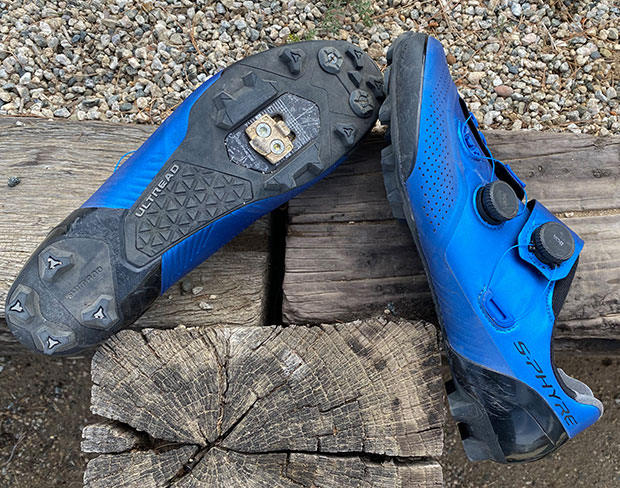
If you did use this pedal in triathlon racing what shoe would you use? I’m a big fan of Shimano, and I use that brand’s shoe for road, tri and off-road. What I have pictured here is the off-road shoe and I would not hesitate to use this shoe/pedal system for road or tri use, if the tri use was long course. (You’ll see a lot of pro IRONMAN racers opting for a road shoe, and the one they often choose is Shimano’s SH-RC9 S-PHYRE.
My one knock on the Time ATAC is that the pedal may be just-so-slightly harder to find when you need to step in in a hurry. The motion is down-and-forward rather than just down. The motion’s reminiscent of the Sizr, but the ATAC is easier to find than the Sizr pedal was. Is the SPD an easier pedal to step into in a hurry than the ATAC? Sometimes I think so; sometimes I don’t.
The Time ATAC pedals you see here are the ATAC XC 12. The ATAC is available as the XC2, XC4, XC6, XC8 as well, and the prices, low to high, are $58, $79, $100, $137, $317.


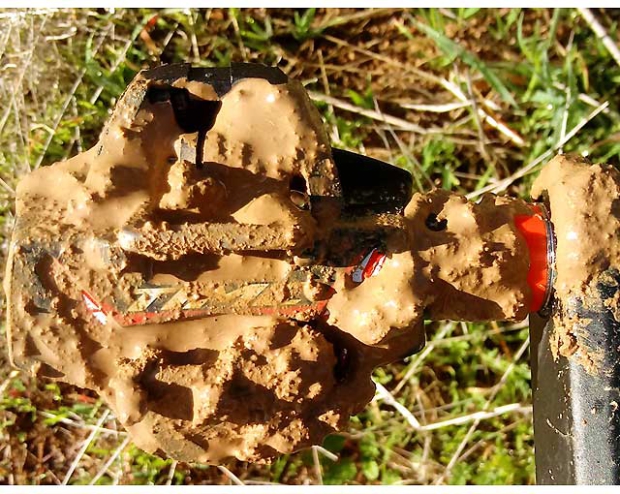
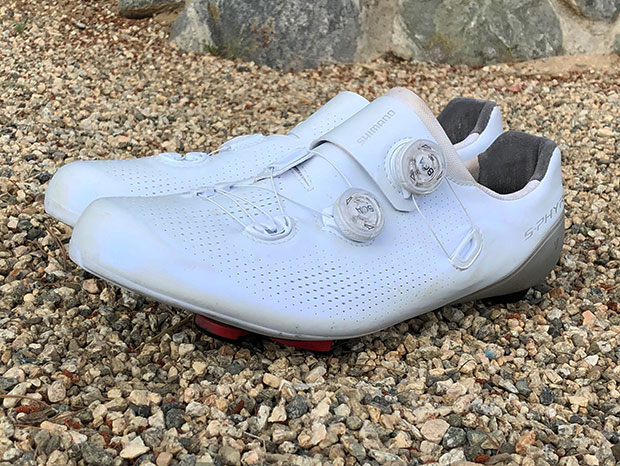
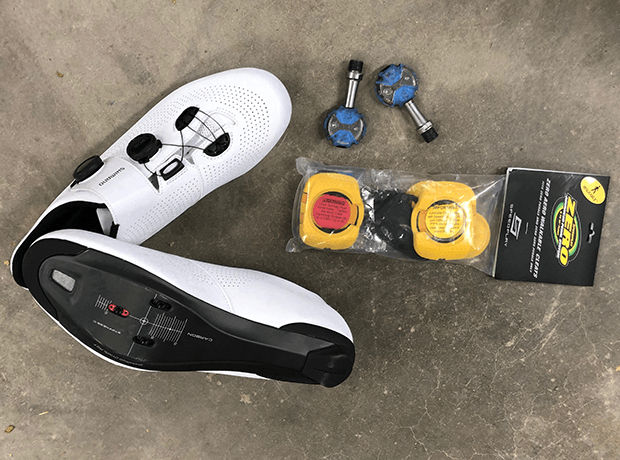
Start the discussion at slowtwitch.northend.network